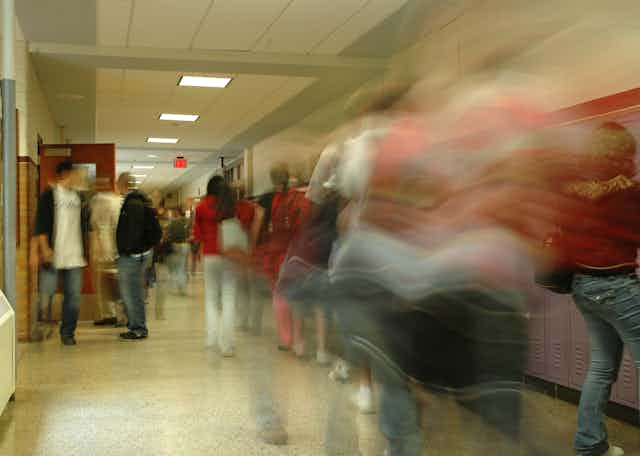It wasn’t surprising when last week’s Education Review Office (ERO) report found New Zealand’s alternative education (AE) system suffers from inadequate facilities, a lack of qualified teaching personnel and poor long-term outcomes.
After all, alternative education funding had remained static for its first decade of operation, after which it received only minor increases until this year’s government budget.
This is despite around 2,000 young people each year accessing alternative education as a school of last resort, having been excluded or disengaged from mainstream secondary schools.
For many, behavioural and learning difficulties, and a cultural disconnection between school and home, have made schooling challenging. These young people have not received the help they needed earlier in their school years.
But beyond the immediate headlines that alternative education is failing students, a closer reading of the report also reveals how successful the system has been, despite the challenges. Young people in AE told the ERO they:
greatly preferred learning in the alternative system to their previous schools
receive help from their educators (97% of the time, compared to 44% in their old school)
feel safe (93% compared to 59% in their old school)
almost never feel lonely (81% compared to 56% in their old school)
feel cared for (84%) and that their culture is respected (87%).
These young people also reported they had developed their own learning goals, and that their schoolwork was set at the right level. Surely those are things we would wish for all young people, whether in alternative education or not.
A system under pressure
Time and time again, the caring and dedicated AE workforce has been shown to be central to these successes.
Many staff are not qualified teachers, but are tutors with community and youth work experience and training. They artfully mentor young people to develop prosocial skills. The success of their work was further highlighted in the Youth19 AE report also released last week.
Read more: Mainstream schools need to take back responsibility for educating disengaged students
While the ERO report found fewer than one in ten AE students attain NCEA level 2, alternative education’s focus has to be elsewhere. As the report stated, students arrive in AE centres with large gaps in their basic education. They have to catch up on schooling as well as work on developing life and social skills.
Until only recently, students couldn’t stay in alternative education beyond the age of 16. Due to a lack of transitional support, many end up languishing in their later adolescent years.
At the same time, pressures on the system are growing, with more students entering alternative education with high and complex needs. Without adequate funding, others simply cannot get in.
Out of sight, out of mind
The problems in the AE system are in many ways a product of its origins. To begin with, it was never a government initiative.
In 1989, when the “Tomorrow’s Schools” reforms introduced competition between schools, vulnerable students soon became seen as liabilities because most struggled to meet the academic standards schools were judged on.
The 2019 Tomorrow’s Schools Independent Taskforce found competition had exacerbated ethnic and socioeconomic segregation. Students suspended or excluded from their schools began turning up on the doorsteps of youth organisations, churches and iwi groups.
These communities established alternative education as a makeshift response. In 1996, there were 500 young people being educated in at least 60 AE centres nationwide – effectively educational facilities without government approval, so technically illegal.
Systematic government funding was finally made available in 2000. The fledgling sector became legitimate by virtue of young people being able to remain on a school roll while attending an alternative education centre somewhere else.
It was hailed at the time as a community-school partnership, but as the ERO has found in the past, once young people enter alternative education they have been largely out-of-sight, out-of-mind for referring schools.
Focus and funding needed
Alternative education is not unique to New Zealand. Most Western countries have some system of catering for young people who need a different way of schooling. But New Zealand can do a lot better.
We need to consider how schools can best serve all young people to give them the best chance to stay engaged. Current research investigating critical turning points in the education journeys of AE students, due to be released later this year, will give us more insights.
But alternative education is here to stay. So we need to better support young people transitioning into and out of the system.
Read more: Schools need to teach pupils skills to maintain good mental health – here's how
That means we need a bigger workforce of qualified teachers to work alongside tutors in alternative education. In turn, this will require increased funding and support from the Teachers Council of New Zealand to register teachers in this setting.
AE tutors also need to build and extend their expertise. New Zealand is behind other countries in offering qualifications to social educators – a unique profession that works alongside people to develop civic and life skills.
We might look to Denmark, for example, where tertiary-qualified social educators are highly skilled at working with young people within and beyond mainstream schools.
But most importantly, we need to increase the focus on alternative education. It represents the last, best opportunity to make a sustained difference to the lives of these young people. The significant investment required now will pale in comparison to the future cost to society of failing them.

